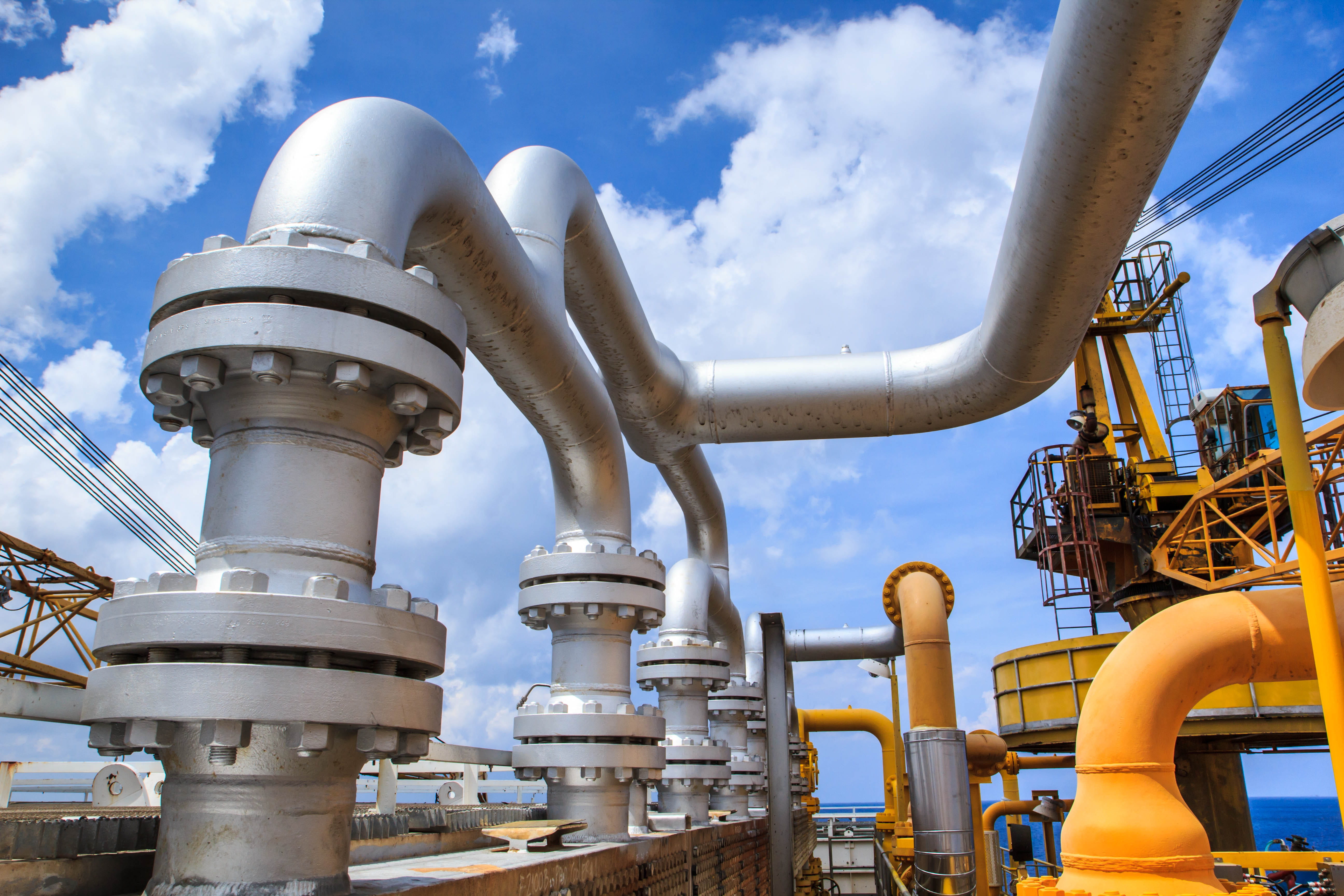Oil and gas operations produce large volumes of water as a by-product of the hydrocarbon extraction process, with an average of 7 to 10 barrels of saline water produced for every barrel of oil during the life-time of operations1.
This is thought to amount to more than 100 million tons of produced water being generated a day globally, with a large proportion of this used for reinjection and the remainder disposed of as waste. Given the geography of many producing oil and gas fields in the Middle East, Central West USA and other water-scarce locations, there is an increasing interest in the potential water resource value of produced water.
As conventional oil fields mature they produce more water per unit of oil. The expense of treating, handling and disposing of progressively more water reaches a critical point when costs forces abandonment of wells and other parts of a field. Typically, operations treat produced water to a nominal specification to facilitate reinjection (i.e. to inhibit scaling and fouling in the infrastructure) or disposal (i.e. to meet minimum environmental standards for disposal to receiving waters). High volumes, salinity, and challenging and changing chemistry of produced water has been an obstacle to the uptake of large-scale beneficial reuse systems. The level of treatment necessary to render the water useable requires significant capital and operational expenditure however, the net benefit of upgrading systems to achieve specifications fit for a wide-range of re-use options is not generally considered economic2. Nonetheless, disposal infrastructure for treatment as well as injection wells, pumps and pumping is also costly as it often has to work remotely, at high pressures and with high reliability.
Therefore, even without beneficial reuse there is a significant amount of expenditure, equipment and infrastructure committed to produced water management. Recognising that significant resources are already being expended on managing produced water, those operators that view it as a potential asset rather than a liability are seemingly better equipped to harness its benefits and opportunities.
Policy changes
Recent drought conditions creating acute water shortages in oil and gas producing regions in the USA have resulted in more stringent regulatory oversight requiring higher rates of beneficial reuse from oil and gas operations. This has primarily been targeted at reuse of flow-back water (i.e. injected water, sand and chemicals that have been used to stimulate hydrocarbon recovery). Flow-back water is generally less saline than produced water, although over time it dissipates and is replaced by produced water inflows. As such, there is a compositional and flow continuum between them.
Although the focus has been on reusing flow-back water, which is more amenable to reuse, attention is now turning to reusing produced water which represents a greater challenge, but also a potential opportunity. In Oklahoma and California, regulators are imposing strict controls on produced water disposal aimed at ensuring as much water as possible is returned for beneficial societal use3. For the unprepared, these regulations have come as a shock, affecting production costs and hitting the business bottom line. However, other businesses that have taken more pro-active steps in improving water efficiency and management of their operations have been able to develop individual and/or collective solutions.
For the unprepared, strict controls on produced water disposal has come as a shock, affecting production costs and hitting the business bottom line.
Technology changes
Technology initiatives focusing on produced water management are accelerating4. These represent a range of measures across the control hierarchy (i.e. reduce, replace and re-use options)5. Reduction is being developed through down-hole sub-surface engineering advances, including separation of produced water and oil at source and retention of the water in the sub-surface. Replacement is occurring in many guises, but mainly in the use of gases to replace stimulation water with a secondary effect of reducing produced water net flows. Reuse is primarily associated with process engineering updates improving treatment systems. One aspect of this is desalination. Desalination focuses on coupling different membrane technologies and amendments to conventional reverse osmosis processes so that the range of dissolved, suspended and emulsified contaminants can be treated to required specifications. Other research is focusing on creating durable membranes that can cope with the high back-pressures and maintenance regimes needed to treat difficult compositions. Research in mechanical and thermal desalination techniques is concentrating on lowering energy demand and improving efficiency of the treatment systems.
Economic analysis changes
One of the aspects that is helping reuse become more of a norm is growing consensus in water valuation. Composite, substantiated water valuation enables more transparent trade-off decision making and this leads to more justification and understanding of benefits of upgrading systems. Good representation of water value comprises engineering costs as well as risk and opportunity factors that take into account societal and ecological interests.
Produced water has a complex sustainability relationship with oil production. High water-to-oil ratios have an adverse effect on production performance and costs, whilst inefficient management and disposal of produced water creates sub-optimal outcomes for operations and society at large. In other words, engineering costs escalate with rising water-cut and field maturity as do the lost opportunity cost when the water is not beneficially used. Regulations enforcing reuse of flow-back water and zero–liquid discharge controls are enabling a much wider range of re-use scenarios to be considered, a proliferation in options and a clearer understanding of viability.
Driving change
The primary driver of change in produced water management is related to increasing water stress and uncertainty. Against this backdrop, there is an understanding about increasing water cuts in the future and the magnitude of overall produced water volumes.
In response, some alignment has begun to develop between policy, technology and economic analysis which is helping accelerate new initiatives and innovations. Implementing new approaches to produced water management becomes more rational when a clearer, substantiated economic analysis is used to define the societal as well as cost-based value of water. Depending on the outcome of such analysis, produced water may be viewed as a resource rather than a waste6.
Operators that have a good understanding of the economic and environmental context of their water systems can create resilience by understanding and deploying water systems that reflect a more valid and representative water value, and a deeper understanding of water-cycle cost and risk issues.
References
- Oil and Gas Produced Water Management and Beneficial Use, US Dept. the Interior 2011. Science and Technology Program Report No. 157
- Challenges in Reusing Produced Water, Society of Petroleum Engineers,http://www.spe.org/industry/challenges-in-reusing-produced-water.php
- Options To Help Oklahoma Alleviate Its Emerging Oilfield Water Crisis, OilPro published 4th March 2016
- Innovation challenge repels the salt of the earth, Global Water Intelligence, Published 4th February 2016
- IPIECA 2014, Efficiency in water use
- Produced Water – Emerging Challenges, Risks and Opportunities, Hagstrom E.L. et al, Environmental Claims Journal. http://dx.doi.org/10.1080/10406026.2016.1176471



